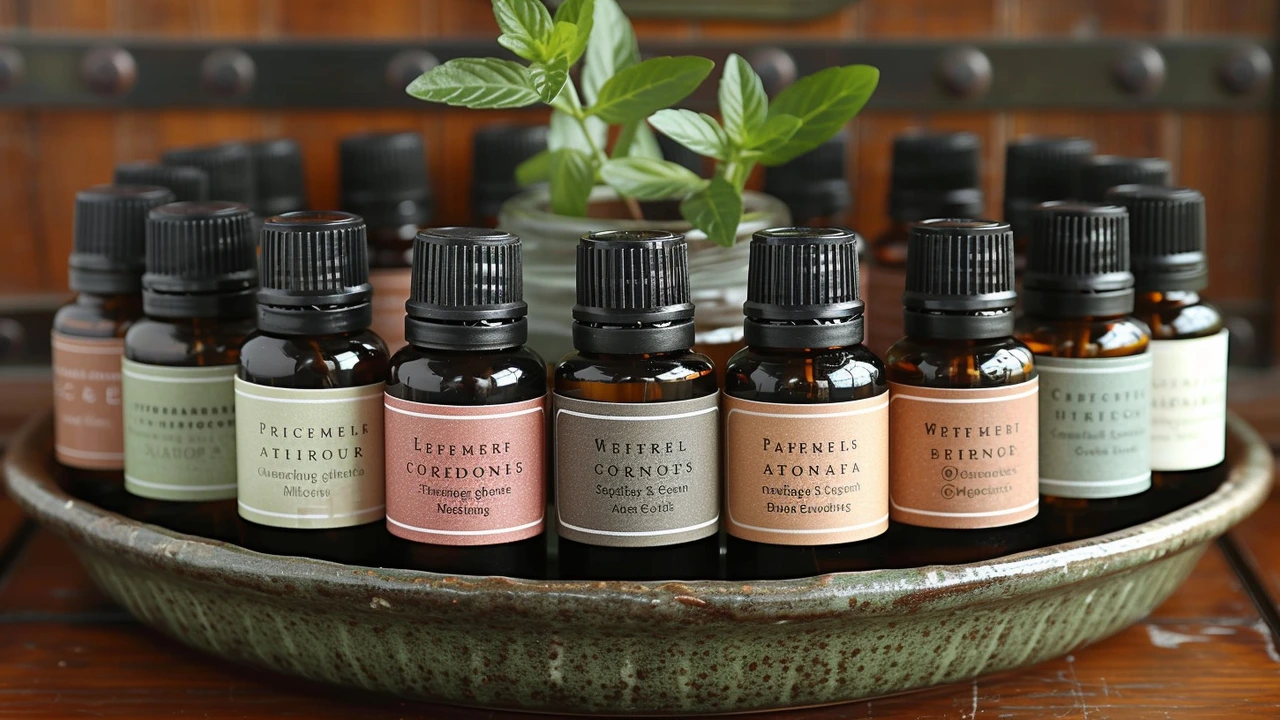Art of Massage: Simple, Practical Ways to Feel Better Fast
Want less soreness and better sleep without a dozen supplements? The art of massage is one of those low-tech fixes that actually works. Athletes and busy people use massage to ease tight muscles, cut recovery time, and calm the nervous system. You don’t need to be elite to get real benefits—just consistent, smart work.
Massage does three useful things: it improves circulation to bring fresh blood to tissues, it breaks up tight spots that limit movement, and it signals your brain to relax. That combo helps with everything from post-workout soreness to desk-neck and sleep problems. If you feel stiff after long days or workouts, a few targeted sessions can change how you move and feel.
When to book and what to expect
Wondering when massage helps the most? If you want performance, a light massage before an event can loosen muscles and improve range of motion. After intense activity, a deeper recovery session—focused on circulation and mobility—helps reduce soreness. For chronic tension or stress, regular sessions (every 2–4 weeks) keep problems from coming back.
Tell your therapist what you need: pain spots, recent injuries, or goals like flexibility or sleep. A good therapist will mix soft tissue work, stretching, and targeted pressure. If something hurts in a sharp or burning way, speak up—pressure should relieve, not injure. And if you have health conditions (blood clots, fever, pregnancy complications), check with a clinician first.
Easy self-massage you can do right now
No appointment? No problem. Use a foam roller or a tennis ball for quick fixes. For tight calves, roll slowly from ankle to knee and stop on sore spots for 20–30 seconds. For neck and shoulders, press a tennis ball between your back and a wall and move until you hit a tender spot, then breathe into it. Use long, light strokes on sore quads to boost blood flow. Aim for 5–10 minutes per area.
Hands-on tip: breathe slowly while you press on a knot—exhaling relaxes the tissue. Stretch after self-massage to lock in gains. Keep pressure steady and avoid aggressive pounding—gentle, consistent work usually wins.
Want extra calm? Combine massage with aromatherapy or breathing work. A few drops of lavender can help you unwind after a session, and simple belly breathing for a minute or two helps the nervous system shift from fight-or-flight to rest-and-repair.
Ready to learn more? Check our related reads like “Sports Massage: Incredible Ways It Boosts Performance,” “Boost Your Fitness Routine with Sports Massage,” and “Sports Massage: The Key to Preventing Injuries” for tips tailored to athletes and weekend warriors. Try a mix of pro sessions and home work—your body will thank you.

The Art of Aromatherapy Massage: A Step-by-Step Guide
Dive head first into the fragrant world of aromatherapy massage with my step-by-step guide! It's like a DIY spa day, but without the fancy white robes. Learn all about the benefits of different essential oils, how to mix them into the perfect potion, and the right way to knead those knots away - all from the comfort of your own home. Friends, it's time to turn your living room into a relaxation haven! You'll be a zen, massage master before you can say 'lavender essential oil'.
Read More